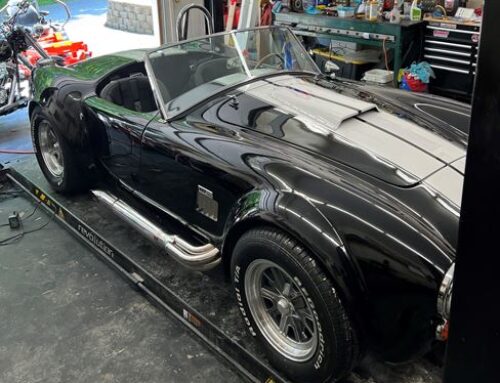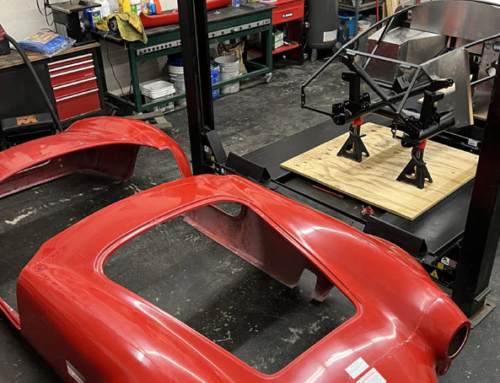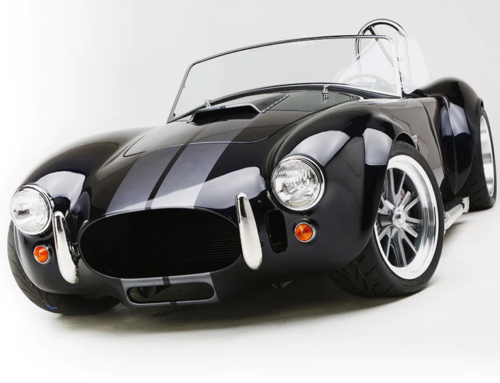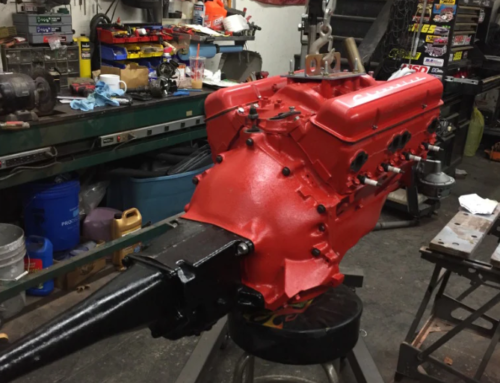Before you pull your classic or antique car from its winter storage, the folks at Gould Insurance are here to offer a few tips to ready your vehicle for spring motoring. We know how much you are looking forward to unwrapping your classic vehicle from its winter cocoon! Follow these steps and you’ll have a better chance for a smooth transition into the spring and summer months.
- You should have left the gas tank full as part of the winterization process. If you didn’t use a fuel stabilizer last fall, now is the time to drain any remaining fuel from the tank. As wasteful as this seems, you don’t want to leave any gas that’s been “sitting” in the tank.
- Refill the coolant. Make sure you are ready to keep the engine from overheating when the weather finally starts warming up.
Matt’s Tip: Using a 50/50 anti-freeze/water mix is fine. Never use straight water!
- Change your oil. Again, like the other fluids you’ve removed and replaced, oil that has been dormant over the winter may contain contaminants like water and acids that could damage your engine.
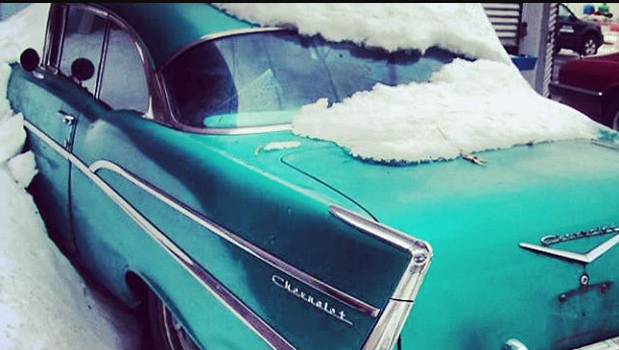
- Charge the battery, outside of the car, or use a battery tender to keep it warm.
- Remove the spark plugs and apply a lubricant into the cylinders. This will ensure the piston rings won’t stick when you start the engine.
Matt’s Tip: Marvel Mystery Oil is a good choice to use on the cylinders.
- Depending on how long your car has been in storage, it is recommended to purge the system of old brake fluid. When you refill, make sure the brake and clutch master cylinders are full of brake fluid.
Matt’s Tip: Don’t forget to check your parking/emergency brake operation, too!
- Install the charged and warm battery in the car. With the spark plugs removed, turn the engine over with the key several times. This is to allow the oil you put into the cylinders to lubricate the cylinder walls, and to prime the oil and fuel pumps ready for ignition. Continue cranking the engine until the oil pressure gauge needle moves up or the oil pressure light goes out.
- Replace the spark plugs, reattaching the leads carefully. Then remove the air filter cover and spray some engine starter fluid into the carburetors. Leave the air filter cover off, for now.
- OK, now get into the driver’s seat, make sure the gears are in neutral, depress the clutch, give it a little gas, and turn the key! Woo Hoo!
Matt’s Tip: Try not to rev the engine, just yet. Let it idle until it reaches operating temperature.
- Check to make sure there are no fluids leaking beneath the car. Also, check the carburetor and fuel filter for leaks. If you don’t find any, you are good to go for a short, 30-minute ride. Watch the gauges the whole time, paying attention to any noises, rattles or anything out of the ordinary. Once you are back to the garage, check again for fluid leakage. Wash the car and apply a good wax. Clean it inside and out and allow it to dry thoroughly before your next run.
Matt’s Tip: You should never leave the driveway without a reliable fire extinguisher on board.
Enjoy your new season of classic car driving!
Read about Gould’s General Manager, Matt Sherrill’s antique auto restoration adventures at the Do It Again Garage blog here on our website.
Make sure your classic or antique car has the right insurance coverage by checking with the Classic/Antique Car experts at Gould Insurance.

